How to distinguish gold
- Identify by observing under light
The quickest and simplest way to distinguish real gold from fake gold is to observe them under light.
If it is real gold, you will see a smooth surface, no tiny dots, no dents. On the contrary, if it is fake gold, the surface will have small white or red spots.
Real gold will have a smooth surface when observed under light.
- Identify by symbols on gold jewelry
For real gold jewelry, the surface of the product is always engraved with symbols indicating the age and brand of gold such as 10K, 24K, 18K, PNJ, SCJ, 9999,... Meanwhile, if it is fake gold, you will not find these symbols.
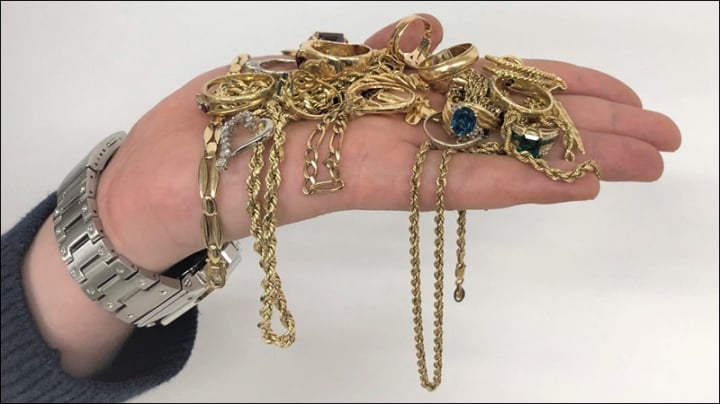
Fake gold will tarnish after a period of use.
- Recognize by biting hard
Real gold will be soft and will easily leave tooth marks when bitten hard. Fake gold will be hard, without scratches or dents.
- Identify by observing the tarnish of the gold
If it is fake gold, after a period of use, the plating layer on top will fade away, revealing the other colored metal material underneath the gold layer. 100% real gold will not have this phenomenon.
Fake gold will tarnish after a period of use.
- Identify by makeup foundation
Apply a layer of liquid foundation to the back of your hand and let it dry, then rub your hand over the gold. If there is a streak left where the foundation was applied, it is real gold. If there is no streak left, it is fake gold.
- Identify with vinegar
This method can only be applied to 99.99% gold jewelry. Designs with stones, yellow gold or pearls will not be recognizable. Prepare a cup of vinegar, then soak the jewelry in it for about 15-30 minutes and observe the color of the water in the cup.
If the vinegar turns black, green or smoky brown, it is fake gold. If there is no color change, it is real gold.
- Recognition by magnet
Use a magnet to test the gold. If it is attracted to the gold, it is fake gold. Real gold will not react to the magnet.
How to distinguish silver
- Recognition by magnet
Place a magnet next to a silver piece of jewelry. If they do not attract each other, it means that it is real silver, 95% pure. If they attract each other with a strong force, the silver has been heavily adulterated and has turned into fake silver. Silver, like gold, is not magnetic, so it cannot be attracted to a magnet; only adulterated silver is attracted to a magnet.
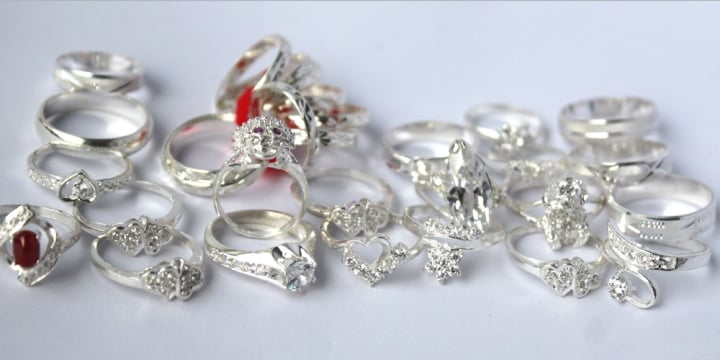
If silver is mixed with many impurities, the sound will resonate very far.
- Identify with hydrogen peroxide
Place the silver jewelry on a white cloth and put a drop of hydrogen peroxide on it. After a few minutes, if the hydrogen peroxide turns blue or black, it is fake silver. If the hydrogen peroxide turns cream or colorless, it is real silver. This method is quite simple and gives very fast results. You can easily buy hydrogen peroxide at pharmacies.
- Recognition by sound
You can take a ring and let it fall on a tile or metal floor, the sound it makes is just a "click", not loud. If the silver is too mixed, stainless steel, iron, steel, the sound will resonate very far. You can drop real silver one by one and bring the mixed silver to compare.
- Recognize by biting hard
Just like gold, if silver jewelry leaves teeth marks and is easily deformed, it is definitely pure silver. On the contrary, if it is fake silver or mixed silver, it will never have teeth marks and is very difficult to deform.
Thanh Ngoc
Source






![[Photo] Keep your warehouse safe in all situations](https://vphoto.vietnam.vn/thumb/1200x675/vietnam/resource/IMAGE/2025/10/1/3eb4eceafe68497989865e7faa4e4d0e)









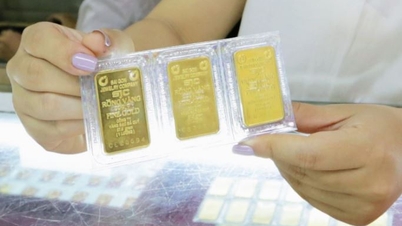



















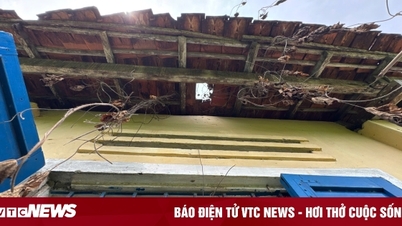




![[Photo] President of the Cuban National Assembly visits President Ho Chi Minh's Mausoleum](https://vphoto.vietnam.vn/thumb/1200x675/vietnam/resource/IMAGE/2025/10/1/39f1142310fc4dae9e3de4fcc9ac2ed0)





















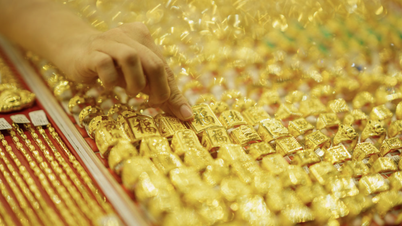






































Comment (0)